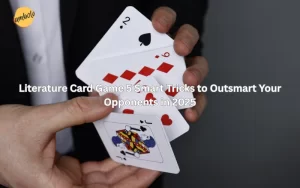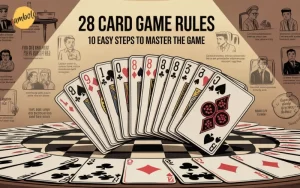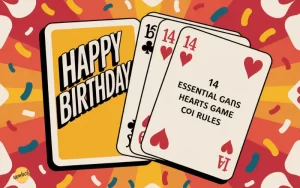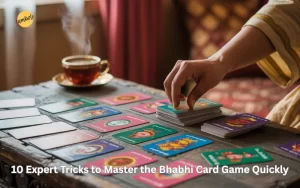The Naruto card game is a fascinating collectible card game that has captured the hearts of anime fans and card game enthusiasts alike. Based on the popular Naruto anime and manga series, it allows players to experience battles, strategies, and iconic moments from the story in a competitive and interactive way Tambola. The Naruto card game combines deck-building skills with knowledge of the Naruto universe, creating a unique experience for fans. While many people are familiar with the general concept, there are plenty of interesting details that make this game stand out. Here are five fun facts about the Naruto card game that you may not have heard before.
It Was First Released in Japan Before Going International
The Naruto card game was initially released in Japan by Bandai in 2002. Known locally as Naruto Collectible Card Game, it gained quick popularity among Japanese fans thanks to its close ties to the anime’s storyline and characters. Due to the success of Naruto as an international franchise, the card game was later introduced to other countries, including the United States, in 2006. The Japanese version often had exclusive cards, and collectors still seek these rare editions today. Some of these Japanese-exclusive cards featured unique artwork or card mechanics that were not included in the English releases, making them highly valuable in the Naruto card game community.
It Features Over 1,000 Unique Cards
One of the most exciting aspects of the Naruto card game is its vast card library. Over its lifespan, the game introduced more than 1,000 unique cards, each representing a specific character, jutsu, or event from the Naruto storyline. Cards were released in different sets, often timed with major arcs in the anime or manga, such as the Chunin Exams, the Search for Tsunade, and the Akatsuki missions. Each card has specific stats, effects, and rarity levels, with some being extremely difficult to find. Ultra-rare cards, in particular, are highly sought after by collectors, and some can fetch high prices on the secondary market. For many players, collecting these cards was just as enjoyable as playing the Naruto card game itself.
The Game Uses a Unique Turn Structure
Unlike many other trading card games, the Naruto card game has a unique turn structure that emphasizes teamwork and tactical decision-making. Players build teams of ninjas to attack their opponent and defend against incoming attacks. Each ninja has attributes such as Power, Mental Power, and Growth, which determine how they perform in battles. The concept of Team Attacks allows multiple ninjas to work together, reflecting the cooperative nature of the Naruto series. Additionally, players must manage their chakra points, which are used to perform powerful jutsu cards. This combination of team-based strategy and resource management makes the Naruto card game different from other card games that focus primarily on one-on-one character battles.
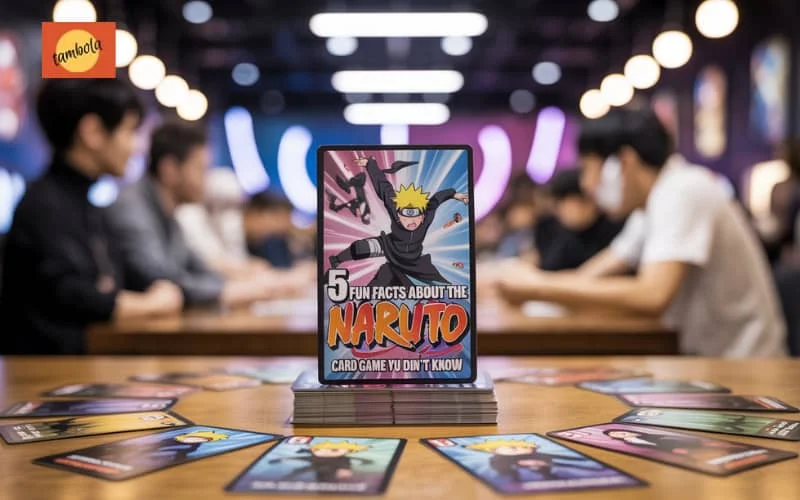
Special Tournament-Only Cards Exist
The Naruto card game had an active competitive scene during its peak years, with Bandai hosting official tournaments and events. In these tournaments, special promotional cards were given exclusively to participants or winners. These tournament-only cards were never sold in stores, making them extremely rare. Many of these promo cards featured alternate artwork or foil designs that were unavailable in standard booster packs. For example, some tournament cards showcased fan-favorite characters like Naruto Uzumaki, Sasuke Uchiha, and Kakashi Hatake in unique poses. Collectors consider these cards some of the most valuable pieces in the Naruto card game history, and owning one is a mark of prestige among fans.
The Game Included Story-Based Mission Cards
One of the most creative elements of the Naruto card game was the inclusion of mission cards that directly tied into events from the anime and manga. Mission cards could alter the rules of the game or provide powerful effects that matched their storyline inspiration. For example, a mission card based on the Chunin Exams could allow players to draw extra cards or temporarily boost their ninjas’ power, reflecting the intense training and preparation in that arc. This storytelling element allowed players to relive their favorite moments from Naruto in an interactive way. For fans, it was like stepping into the world of ninjas while using strategy to outplay their opponent.
Conclusion
The Naruto card game remains a beloved part of Naruto’s legacy. Its unique gameplay mechanics, massive card library, and deep connection to the anime’s storyline make it stand out among collectible card games. From rare tournament promos to Japan-exclusive releases, there’s a rich history behind the game that many fans still cherish today. Even though official production has ended, dedicated players and collectors continue to trade, play, and enjoy the Naruto card game. For those who love Naruto and card games, exploring this world is a rewarding experience filled with strategy, nostalgia, and fun discoveries.
If you are a Naruto fan or simply enjoy collectible card games, the Naruto card game is a treasure trove waiting to be explored. Whether you are drawn in by its strategic battles, its connection to the anime, or the thrill of collecting rare cards, there is always something new to uncover in this incredible game.



